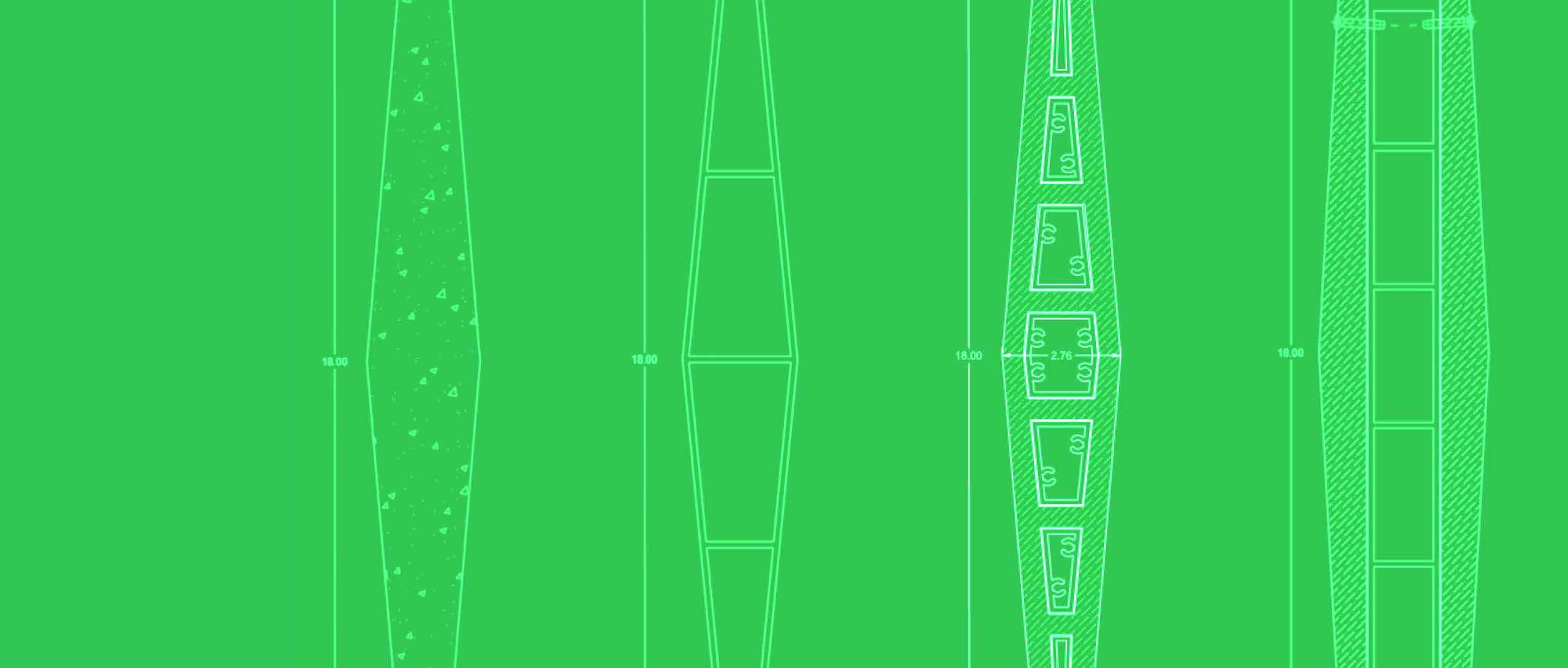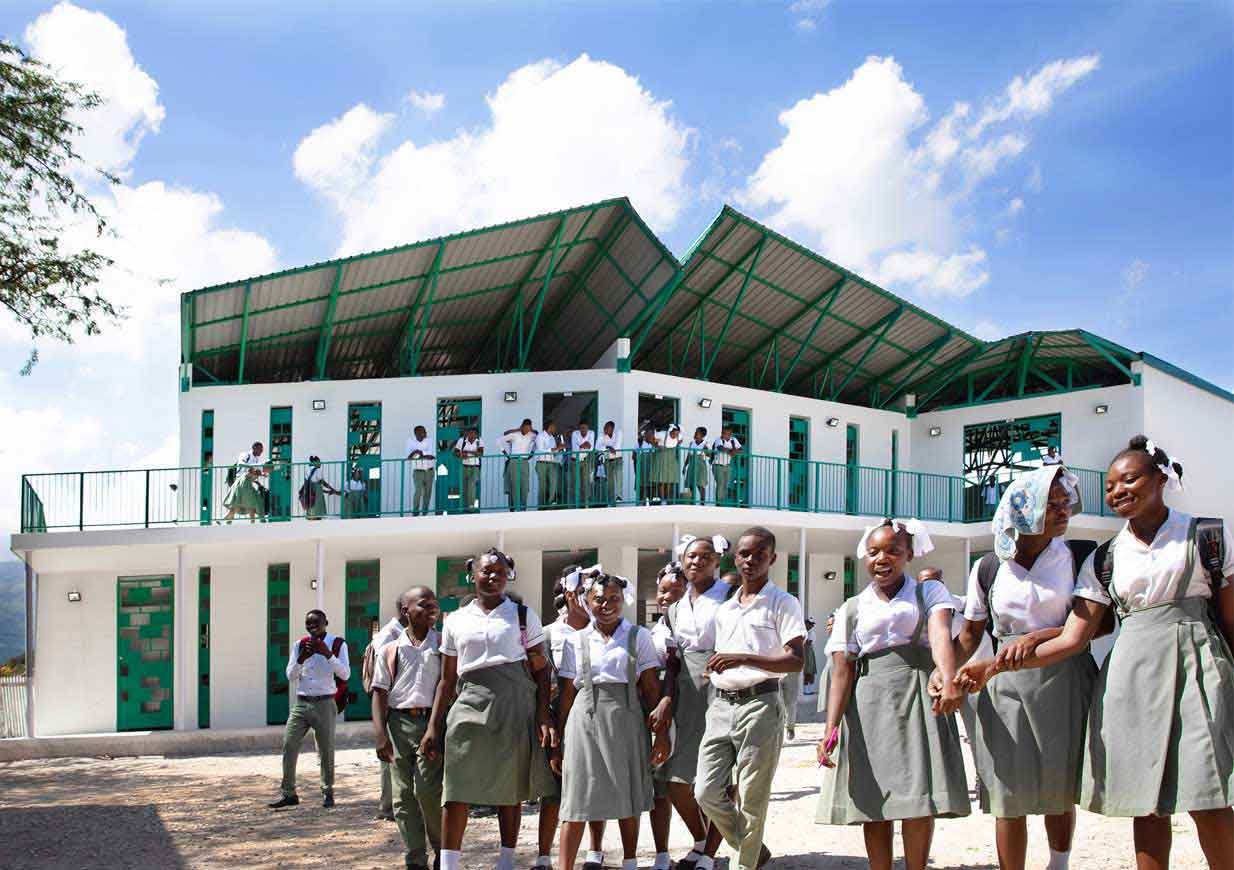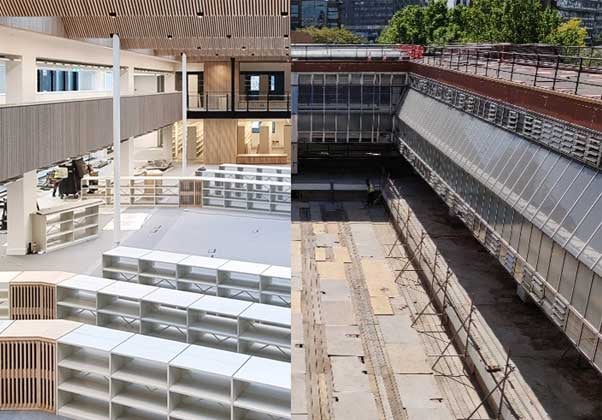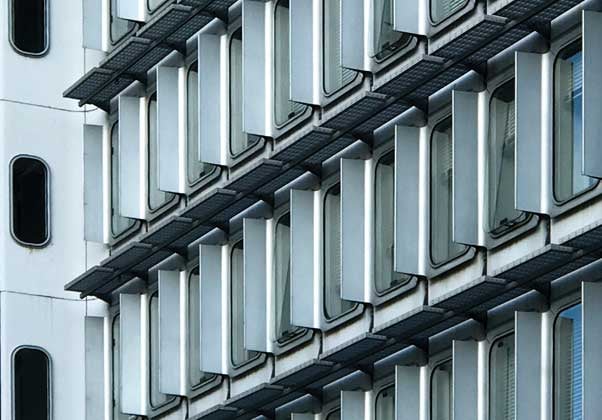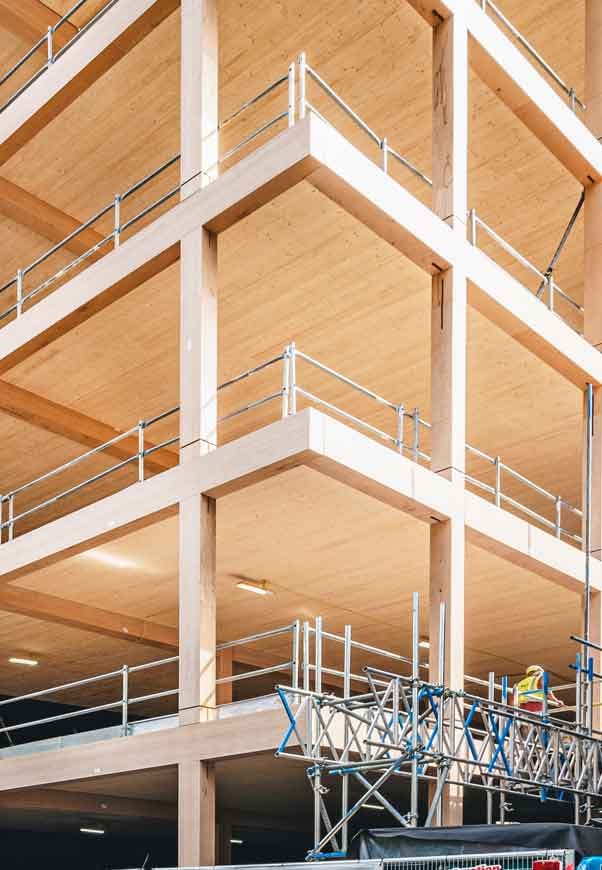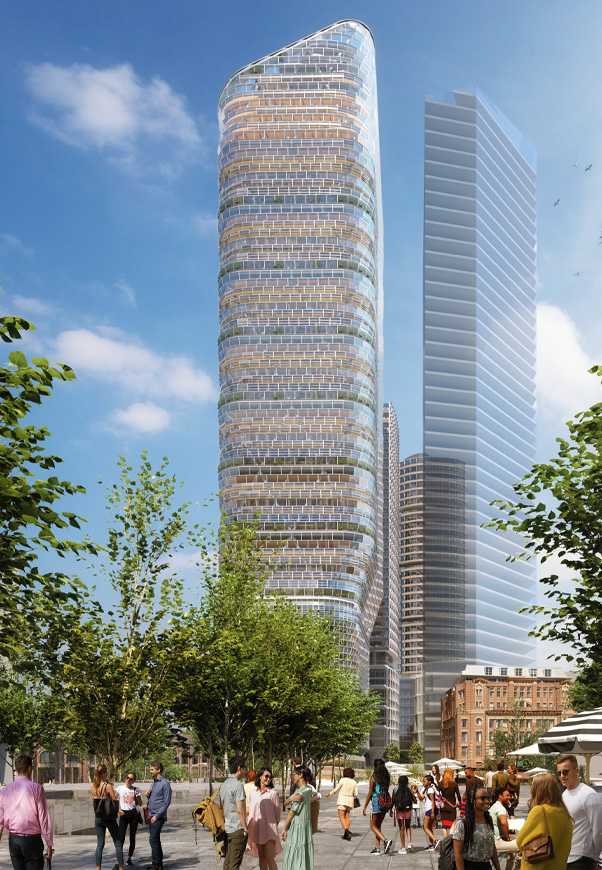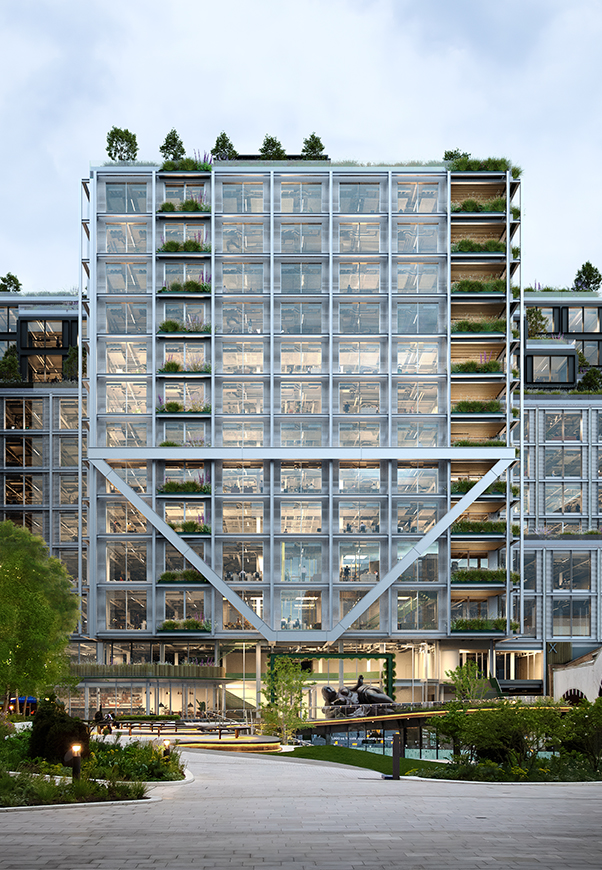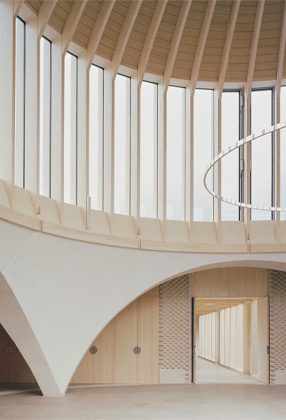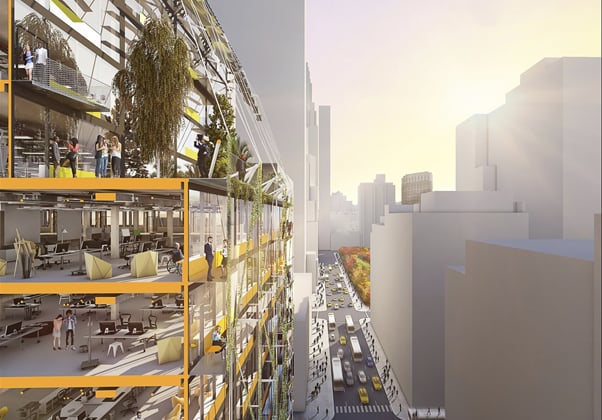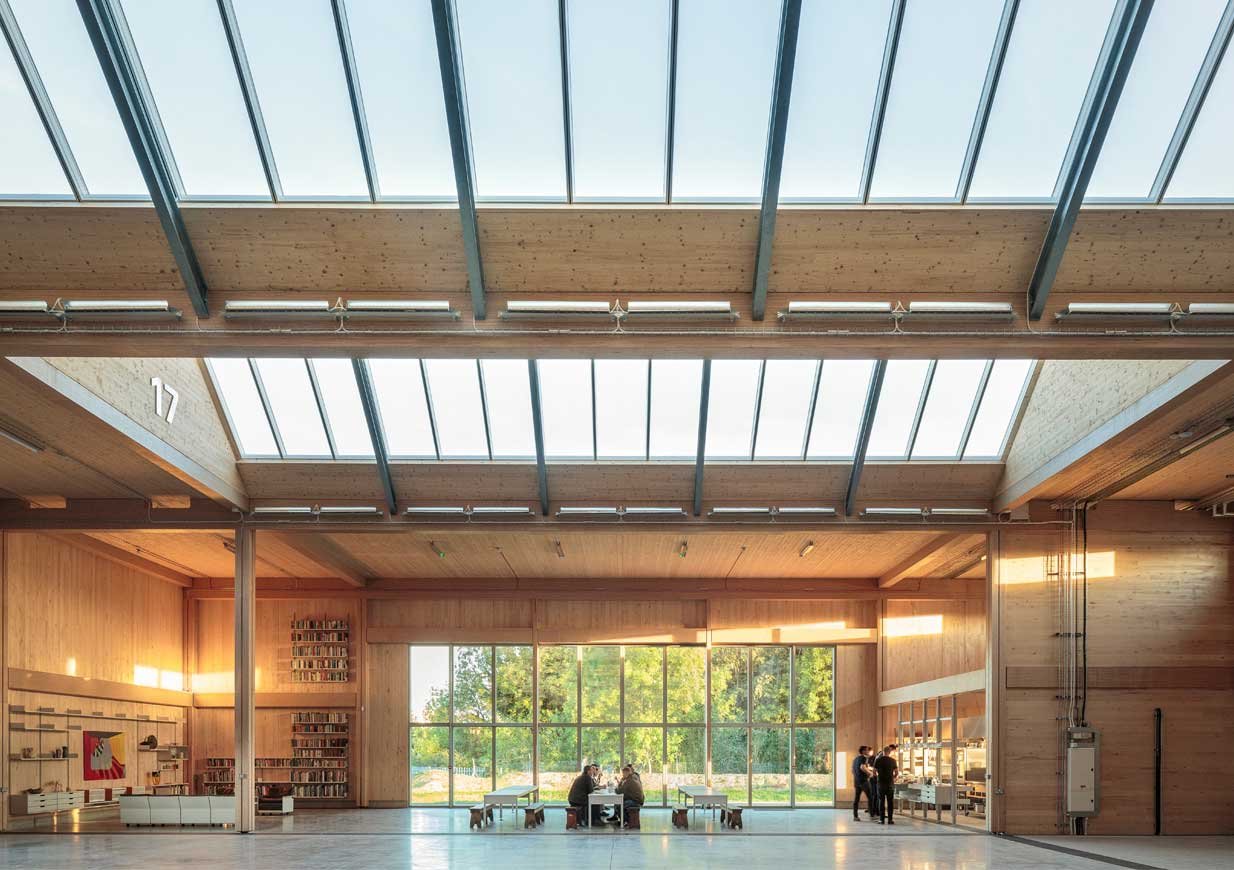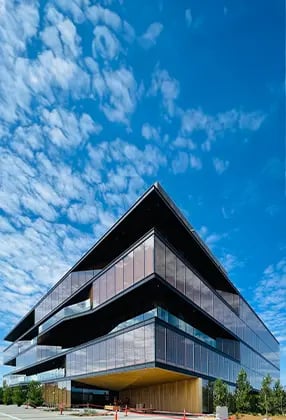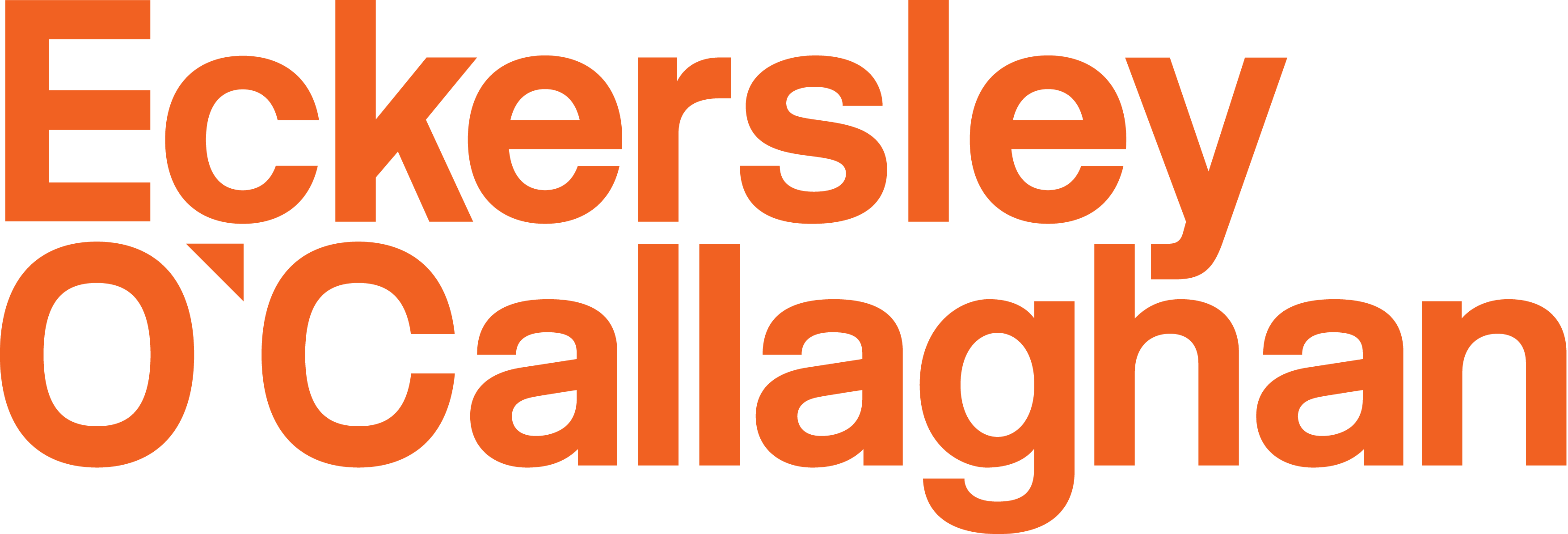At our core, we are driven by a commitment to sustainability, research, and innovation. We don’t just follow industry trends—we aim to lead them, using cutting-edge digital design tools and forward-thinking research to deliver sustainable, high-performance buildings.
Our dedicated focus on sustainability ensures that every decision we make prioritises long-term environmental impact, from low-carbon materials and energy-efficient solutions to circular design principles. We integrate the latest advancements in digital design to optimise efficiency, reduce waste, and enhance building performance throughout the entire lifecycle.
With a passion for research and continuous improvement, we want to push the boundaries of what’s possible, consistently developing new tools and methods to drive smarter, greener, and more resilient design solutions. Choosing us means choosing a partner committed to delivering exceptional results, both now and for the future.
Low-carbon design
Our deep knowledge of materials and construction, combined with our skills in digital design, has led us to create powerful tools to assess the whole-life carbon of structures and facades and to allow quick optioneering of alternatives to arrive at optimal designs. For retrofit projects we leverage our extensive experience with historic buildings to help clients take a strategic approach to adaptive reuse projects, assessing buildings at the earliest stage to unlock value and appraise the transformation potential
Circular economy
We champion circularity by rethinking traditional practices and developing actionable strategies for material and component circularity. We have carried out exemplar projects in this field such as UNESCO Building V in Paris and the IBM Building in London. We are spearheading circularity in the glass industry, having created the GlazingRecovery.org web platform to support the creating of an ecosystem to enable greater recycling of post-consumer glass waste.
Environmental Design
Our environmental design engineers are experts in optimizing facade systems to enhance building performance. By using custom tools, we can quickly evaluate facade options, improve shading solutions, and reduce energy demand while ensuring occupant comfort. We also specialise in integrating dynamic facade systems into energy models and delivering advanced analyses for daylight, glare, and thermal comfort, supporting architects and clients throughout the design process.
Resilience
As climate challenges grow, designing for resilience is essential. Our team can help you ensure that your asset is prepared for environmental risks, focusing on thermal comfort, flood management, and building durability. We develop adaptive strategies to ensure long-term performance and occupant well-being, even in extreme conditions.
Sustainability certification support
Sustainability certifications are vital for showcasing environmental leadership. We provide focused support across certification schemes like Passivhaus, WELL, LEED, and BREEAM, ensuring that projects meet the highest standards in energy efficiency, material sustainability, and occupant comfort.
Sustainability Brochure
